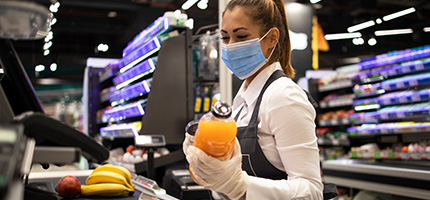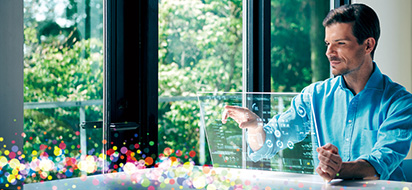
Home
Whitepaper


Barometer
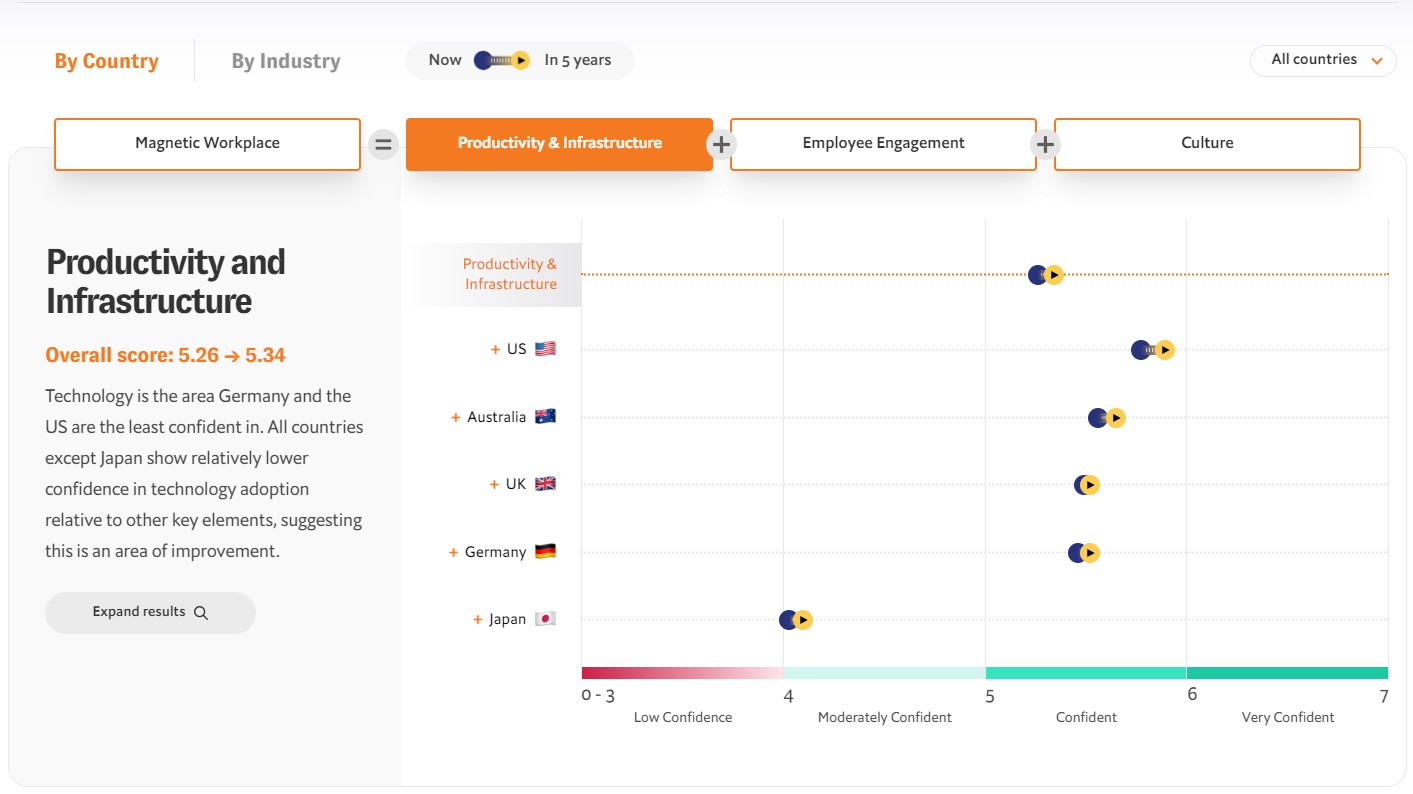

Infographic


Custom content is written, produced or curated by either a sponsor or by EI Studios, the custom division of Economist Impact. Such placements are clearly labelled as Advertisement, Advertisement feature, Sponsored content, Sponsor perspective, or words to that effect wherever they appear on our website or apps. Neither The Economist news and editorial team, nor Economist Impact’s independent experts, have any involvement in the creation of this content.
Articles

Custom content is written, produced or curated by either a sponsor or by EI Studios, the custom division of Economist Impact. Such placements are clearly labelled as Advertisement, Advertisement feature, Sponsored content, Sponsor perspective, or words to that effect wherever they appear on our website or apps. Neither The Economist news and editorial team, nor Economist Impact’s independent experts, have any involvement in the creation of this content.
Custom content is written, produced or curated by either a sponsor or by EI Studios, the custom division of Economist Impact. Such placements are clearly labelled as Advertisement, Advertisement feature, Sponsored content, Sponsor perspective, or words to that effect wherever they appear on our website or apps. Neither The Economist news and editorial team, nor Economist Impact’s independent experts, have any involvement in the creation of this content.
Hope, care and cures
When it consolidated its fleet of printing and scanning devices with Kyocera, Seattle Children’s Hospital found it had a new partner to deliver leading-edge technology in support of its mission to provide hope, care and cures to help every child live the healthiest and most fulfilling life possible.
Seattle Children’s is a multi-state paediatric and adolescent academic medical centre focused on delivering “hope, care and cures” across 46 sites in Washington, Alaska, Montana and Idaho. Explaining the breadth of its services, Zafar Chaudry, a senior-vice president and the chief digital and information officer at Seattle Children’s, talks not only of the organisation’s care for children enduring illness and emergencies—including substantial cancer programmes—but also of a charitable foundation and a research institute “looking at the next generation of cures for kids”.

As they got to know us, the work we do and why we do it, they came forward to say they wanted to help.
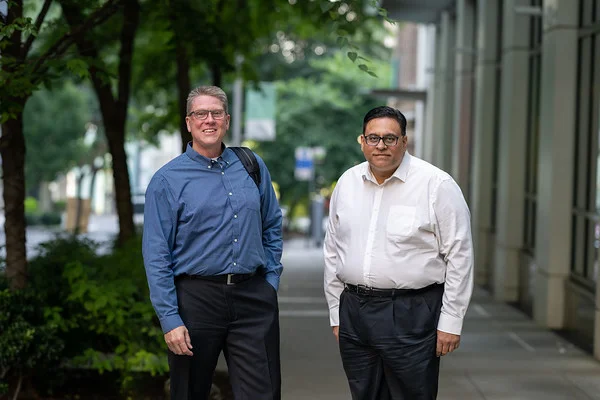
With a workforce of around 10,000 people working on-site and remotely within the hospital system, and an information technology (IT) group of more than 450 team members taking care of their technology needs, Dr Chaudry oversees development of nearly 800 applications serving hospital staff, researchers, and patients and their families. Simultaneously Scott Bingham, senior director of IT core operations, looks after a 24/7 support desk serving clinical and non-clinical staff, as well as patients and families using MyChart, an app that enables communication with providers, access to lab results and telemedicine visits.
The appearance of telemedicine on the list of app capabilities is a sign of the changes that Seattle Children’s and its IT environment have undergone in recent years. Since the beginning of the covid-19 pandemic, the hospital system has moved significant parts of its workforce to remote and hybrid working arrangements. In IT and biomedical engineering, 80 percent of the 450-strong workforce now operates from home, Dr Chaudry reports. This shift, in conjunction with the ongoing imperative to “delight our customers”, as Mr Bingham puts it, is driving the organisation’s digital transformation efforts.
Transforming the flow of information
Since the sharing and processing of information, especially medical records, is essential to the hospital system’s provision of care, printing and scanning play an important role in its technology platform. To ensure these capabilities meet the needs of its workforce, patients and families, and keep up with the evolution of the workplace and hospital environment, Seattle Children’s recently replaced many of its multifunction devices, consolidating the fleet with Kyocera.
The organisation, says Dr Chaudry, aims to print minimal amounts with “paper as a backup”, and also to keep its devices at 99 percent uptime or greater. At the same time, as it migrated its printing and scanning fleet to Kyocera, it has moved its medical records onto the Epic electronic medical record (EMR) system, which presented challenges and gave Kyocera a chance to prove its worth.

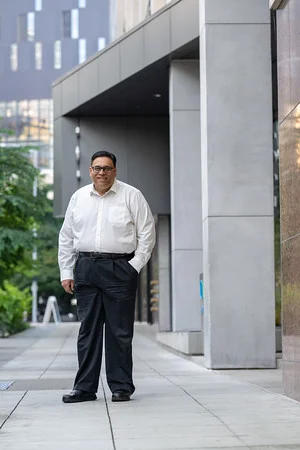
“Historically, printing is the Achilles heel” with a medical records system, says Mr Bingham. “It’s the area that causes pain.” But working with Kyocera, “it was a non-issue: the printing just worked with our Epic implementation.” Kyocera even invested time and engineering resources in writing custom drivers that could work with software that required older operating systems. This kind of solution would not be possible if the organisation sourced its equipment from a vendor that wasn’t selling its own technology, Dr Chaudry notes. In that case, “if it didn’t have the driver with it—good luck.”

We were aligned in our values and focus on the mission of Seattle Children’s to provide hope, care and cures, and found a way through all of the supply-chain constraints that were in front of us.
The identity management features Kyocera offers have helped the hospital system keep sensitive personal data secure and confidential. When staff are making use of multifunction devices’ scan-to-email capability—a boon when trying to minimise the use of paper—it’s crucial that patient documents aren’t sent to the wrong person. The Kyocera system alleviates that risk. “The devices recognise who you are, then route the information correctly,” Dr Chaudry says. The same system means he can go to any of the hospital system’s sites, from Alaska to Montana, and scan or print a document there with the same credentials.
Working with the new devices also represented an immediate improvement in reliability. Previously, Dr Chaudry would see numerous printing issues escalated to his desk, where he and Mr Bingham would have to discuss what needed to be done. But despite the challenges of the pandemic, with the Kyocera fleet, he says, “I’ve not had a single escalation on printing—not a single one.” That, he jokes, has kept him from having to take blood pressure pills.
Partnering for a new world of work
Now that its devices are consolidated with Kyocera, Seattle Children’s enjoys responsive support and maintenance. It’s important to have the right people, processes and technology, says Mr Bingham. Kyocera’s people have consistently wanted to help and have acted in the role of a partner rather than simply a technology vendor.
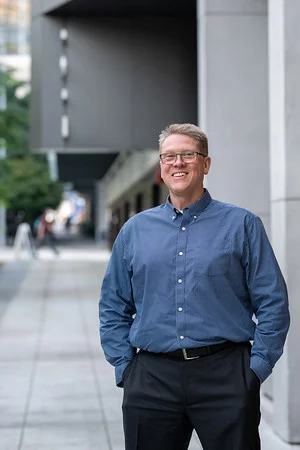

A key element of what it means to be a partner is helping customers work through the unique challenges they face when implementing new technology. For Seattle Children’s, the shift to Kyocera devices happened amid the covid-19 crisis, when of necessity many of its teams were working remotely. Mr Bingham describes how Kyocera overcame supply-chain constraints to deliver the needed equipment and worked on-site to do the implementation “in a safe, responsible way” across roughly 1,300 devices.

Kyocera, motivated by founder Kazuo Inamori’s injunction to “do the right thing as a human being,” has taken an interest in the mission of Seattle Children’s to help every child live the healthiest and most fulfilling life possible.
But the partnership is about more than just business. Kyocera, motivated by founder Kazuo Inamori’s injunction to “do the right thing as a human being,” has taken an interest in the mission of Seattle Children’s and in the families it serves, who may not have the capacity to pay for life-saving treatment, or whose difficulties with social determinants of health—such as food and housing security—place a further strain on their well-being.

Kyocera has not only donated funds to Seattle Children’s to assist its mission, but has also supported charity events such as a golf tournament organised by the hospital system and its Housing Solutions for Hope Guild, which focuses on addressing housing insecurity. “They’re not doing these things just because they have a business agreement with us,” says Dr Chaudry. The relationship the two organisations have forged comes from finding in each other a counterpart similarly driven by principles and a sense of purpose. “As they got to know us, the work we do and why we do it,” notes Dr Chaudry, “they came forward to say they wanted to help.”
Produced by El Studios for

Discover more










